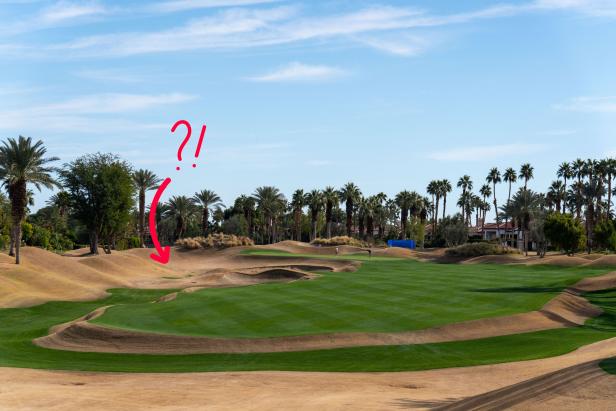Golf courses may look different depending on the season, with some appearing almost completely brown during the cooler months. However, this doesn’t necessarily mean that the grass is dead. In fact, the grass is likely dormant, especially in courses with Bermuda grass which thrives in warm environments. This dormancy occurs when temperatures drop and the grass isn’t actively growing. It will come back to life once the temperatures warm up again.
To maintain playability during the cooler months, courses may choose to overseed their grass. This involves cutting the grass extremely short and planting more durable grass types, such as ryegrass or Poa triv, that can withstand cooler temperatures. This overseeded grass becomes the winter playing surface and helps the turf recover from heavy play. Without overseeding, divots may not fill in, ball marks won’t recover, and the course may start to show signs of wear and tear.
Courses may choose to overseed only the fairways in order to save on costs for water, labor, and fertilizers. By leaving the rough dormant, they can reduce the maintenance requirements for those areas. This strategy can result in significant savings, especially in terms of water usage. For example, one course saved over $9,000 in one month by not overseeding the entire course during the winter.
In addition to cost savings, not overseeding the rough allows courses to prioritize labor, fertilizers, chemicals, and mowing in higher priority areas of the facility during the busy winter season. This strategic approach to course maintenance helps courses efficiently manage resources while still providing a quality playing surface for golfers. Courses may choose to make these decisions based on their specific climate, budget, and maintenance goals.
While some golfers may prefer courses with lush green fairways, it’s important to understand the reasons behind different course maintenance strategies. Brown turf during the cooler months doesn’t necessarily indicate poor course conditions; it may simply be a sign of grass dormancy. By implementing overseeding practices and focusing maintenance efforts on key areas, courses can ensure that their turf remains healthy and playable year-round.
Overall, the decision to overseed or not overseed certain areas of a golf course depends on a variety of factors, including climate, budget, and playability goals. By understanding the reasons behind different maintenance practices, golfers can better appreciate the efforts that go into keeping a course in top condition. Whether a course appears green or brown, its maintenance decisions are often driven by a desire to provide a quality playing experience for golfers while optimizing resources and sustainability.
